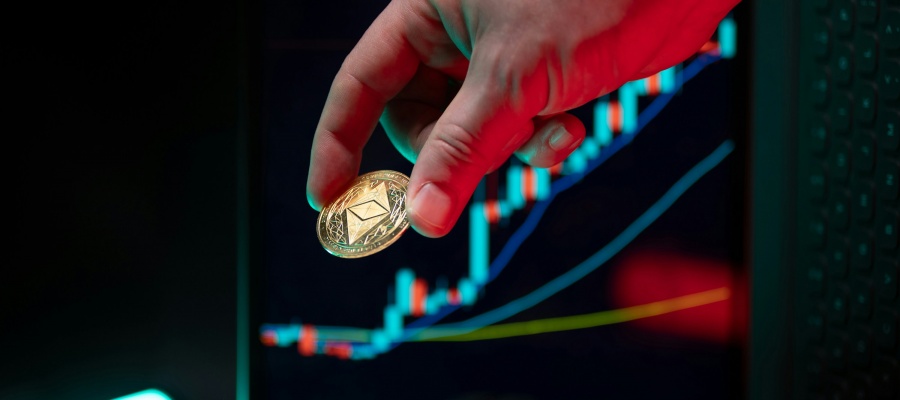In his first major interview since stepping into the role of CEO at Campari Group, Matteo Fantacchiotti has shared his vision for the company’s next chapter—focusing on brand expansion, global growth, and reimagining iconic spirits for modern audiences. Speaking to The Drinks Business, Fantacchiotti discussed the strength of Aperol, the company’s recent leap into Cognac with the acquisition of Courvoisier, and the broader global strategy that includes increased investment in Asia, the US, and premium Tequila.
Aperol’s orange wave shows no sign of slowing
Fantacchiotti, who previously headed Campari Asia Pacific, is quick to acknowledge Aperol’s importance to the group. Acquired in 2003, the vibrant orange aperitif now accounts for 24% of Campari’s €2.9 billion annual sales. “Now that I live in Europe, I can really see that, as soon as there’s a ray of sunshine, all the bars and terraces are becoming orange. This is not due to the sun. This is Aperol,” he joked.
He sees even greater potential in Aperol’s future, especially outside of its Italian stronghold. Compared to beer, Aperol's per capita consumption is minuscule: 1.2% in Italy and just 0.06% in the UK. Asia-Pacific figures are even lower. But the CEO believes Aperol’s photogenic appeal and refreshing flavour profile can convert beer drinkers globally. “It’s thirst-quenching, it’s sessionable, and it’s the Italian summer in a glass,” he says.
Even the rise of competing spritzes doesn’t concern him. In fact, he sees them as complementary: “Others are trying to tap into the spritz market with drinks like the limoncello spritz, but we don’t think this is at the expense of Aperol.”
New opportunities in Cognac and Asia
Campari recently acquired Courvoisier Cognac from Suntory Global Spirits in a landmark US$1.2 billion deal—its largest to date. While Cognac sales have been soft in the US, Fantacchiotti is optimistic: “We know these big categories are cyclical, and we think Cognac will bounce back.”
He believes Campari’s strength lies in reviving heritage brands, calling Courvoisier a “dusty, unloved brand with fantastic heritage.” The acquisition also includes valuable aged stock that will support expansion in China, where the company hopes to grow despite ongoing trade tensions.
Asia-Pacific remains a key growth area for the company, which currently derives only 8% of its business from the region—half of that from Australia. Fantacchiotti’s goal is to grow this to 15–20% over the next decade, with India and China leading the charge. Under his leadership, Campari has already established six local offices across the region, and he believes this infrastructure will help bring the company’s experiential, digital-first marketing model to life.
Campari, Crodino and the non-alc future
While Aperol drives growth, Campari—the group’s namesake brand—is seeing new life through spritz culture. Traditionally used in Negronis and Boulevardiers, the red bitter is now seeing 25% of its Italian volumes served in a spritz format.
Fantacchiotti also sees promise in the non-alcoholic space, particularly with Crodino, the classic Italian aperitif that’s gaining momentum in the UK. “We have a new format, a new formula, and a bigger bottle,” he says, hinting at a more aggressive push for the brand abroad.
Global ambitions for Tequila and beyond
Tequila also features prominently in Campari’s growth plans. Espolòn, now considered a “global priority brand,” posted 35.7% organic sales growth in FY23. Though the category is still US- and Mexico-centric, Fantacchiotti believes its global breakout is inevitable.
“What we believe is that everything that’s really big in the US will at some point come to the rest of the world,” he said. Espolòn, with its easy-to-understand premium positioning, is being promoted through the paloma cocktail—branded as the “Espaloma.” Like the Aperol Spritz, it’s “spritz-like, thirst-quenching and sessionable,” he adds.
As for future acquisitions, Campari is keeping an eye on premium spirits that can support its presence in the US and Asia. With only one single malt whisky in Glen Grant, and no Irish or Japanese whiskies in the portfolio, expansion is likely. “Everything that can help us in the US and Asia, and is premium, we look at,” Fantacchiotti confirmed.
Looking ahead
Fantacchiotti’s vision for Campari Group is both ambitious and rooted in strategic focus: expand its global footprint, premiumise its offerings, and capitalise on the cultural pull of iconic brands. As he sums up the magic of Aperol, “When people see someone holding a glass of Aperol Spritz, they immediately say: ‘Oh, I also want that.’”
With this contagious brand energy and a CEO focused on long-term market development, Campari appears well-positioned to keep growing—one orange spill at a time.


